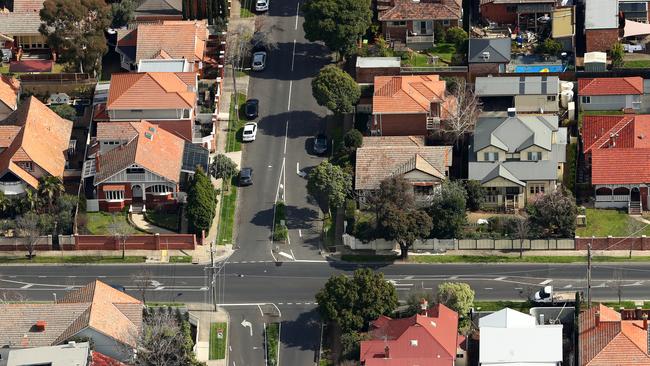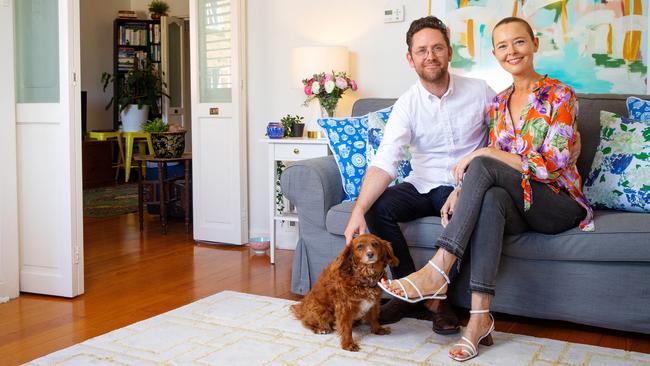How much house, unit prices have grown over 30 years in Australian cities
A new analysis of 30 years of property prices across Australia reveals just how far house and unit prices have come. See how your city compares.
National
Don't miss out on the headlines from National. Followed categories will be added to My News.
Rising real estate prices across Australia have reignited a key question for property buyers and owners: do houses or units grow the most?
A new analysis of 30 years of property prices puts houses in front – but not by much, with both increasing more than five-fold and making every long-term owner a financial winner.
Median house prices in capital cities climbed an average 453 per cent while units rose 405 per cent, News Corp Australia’s analysis of Real Estate Institute of Australia data found.
Sydney led the way in house price growth at 565 per cent, from $173,000 to $1.15 million between late 1990 and late 2020, while Melbourne took top honours in units with price growth of 448 per cent, from $113,500 to $622,500.

Brisbane’s median house price climbed from $106,000 to $539,000, up 408 per cent, but its unit prices lagged with 328 per cent growth.
Adelaide is the only capital city where unit price growth – up 404 per cent to $410,500 – eclipsed house price growth of 371 per cent (from $105,000 to $495,000), although separate new data from CoreLogic shows Adelaide’s house prices outgunning units in the past three months.
Hobart’s property surge in recent years made it the second-fastest growing market since 1990, with houses up 519 per cent from $88,000 to $545,000.
Real Estate Institute of Australia president Adrian Kelly said apartments and other units in some areas had been hit by the pandemic’s lack of migration, tourism slump and missing international students but these were “factors that will turn around”.
“The majority of owner occupiers prefer to live in houses whereas units tend to be preferred by investors including those from overseas,” he said.
Some property specialists prefer stand-alone houses because it’s land value that rises over time.
Mr Kelly said real estate should always be seen as a long-term investment.
“The Australian property market has always seen a level of resilience not always seen by other investment classes such as shares,” he said.
“The family home not only provides somewhere for a family to live but is also a secure form of investment.”

New research from CUA has found the family focus remains strong, with more than half of parents recommending buying a home before having children.
CUA head of product Barbara O’Conor Nash said record low interest rates and incentives such as the First Home Loan Deposit Scheme had helped many families and first home buyers enter the market.
“Home ownership has always been the Australian dream,” she said.
Not even the pandemic prevented Antonia and Korian Strakosch from experiencing rising prices for the home they bought in 2019.
“Another apartment in our building with a similar floorplan sold at the end of last year for over $80,000 more than we paid for ours 18 months earlier,” said Ms Strakosch, 40.
“It’s an investment in our future.”
More Coverage
Originally published as How much house, unit prices have grown over 30 years in Australian cities





